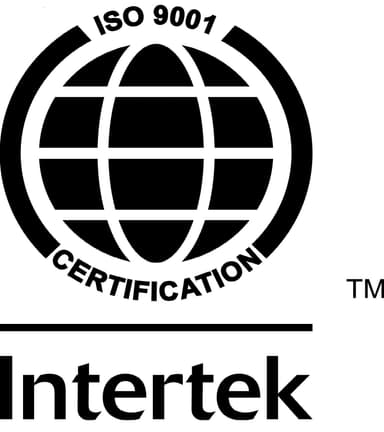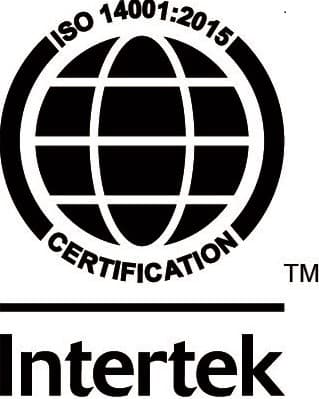A modern boiler is part of a sealed heating system in your home that circulates hot water throughout your property. The amount of water flowing in this system is measured in pressure (as bars).
Having the correct pressure is vital for the efficient functioning of your boiler and heating system. If your water pressure is too low, it can lead to problems, such as a lack of hot water in your home.
This article explains how to check your boiler's pressure, find the cause of the problem and how to put it right.
How to check if your water pressure is too low
Most modern boilers will have a water pressure gauge that you can check yourself. It’s possible that this pressure gauge is located below a cover or flap on the front of your boiler.
A healthy level of pressure is between 1 and 2 bars of pressure when the boiler isn’t being used. Anything below 1 bar is considered poor water pressure and will need to be topped up using a filling valve.
What causes low boiler pressure?
The most common cause of low boiler pressure is a water leak in your central heating system. You can find water leaks by examining pipes and radiators for evidence of damp or pools of water.
It’s also possible that the water leak could be inside your boiler. If you suspect this is the case, you should reach out to a Gas Safe registered engineer for help. Do not attempt to check inside the boiler yourself.
If you've bled your radiators recently, you may have been a little overzealous and lowered the pressure too much. Fortunately, this kind of bad water pressure is relatively easy to put right by re-pressurising your boiler.
Another possible cause could be an issue with the pressure vessel in your boiler’s pressure gauge. This usually results in an inconsistent pressure that shifts between high and low. This will need to be repaired by a qualified plumber or your boiler manufacturer.
Read more on how to find a trusted gas engineer
What should I do if my boiler is losing pressure?
If your boiler is losing pressure, you can attempt to re-pressurise it yourself. Just be aware that if the pressure issue is related to a leak in your central heating system, then topping up the pressure will only be a temporary fix. You will need to get the water leak fixed to resolve the problem completely.
To re-pressurise your boiler you should follow the instructions provided in your boiler's user manual. If you don’t have access to the manual, then try the following generic steps instead. If at any point you feel unsure about what you are doing, please contact a professional plumber for help.
How to top up the pressure in your boiler:
-
Switch off your boiler and allow it some time to cool down.
-
Locate your boiler's filling loop. It should look like a silver hose with a valve at each end. It’s possible that it may already be attached to your boiler or placed on the top out of the way.
-
Attach one end of the filling loop to the cold intake and the other end to the radiator return pipe, ensuring a tight and secure seal. You may need to remove some plastic caps from the end of these pipes to access them.
-
Once the filling loop is connected, open the valve (or valves) on the loop to allow mains water into the system. You’ll know if you’ve done this part right as you'll be able to hear the flow of water into the boiler.
-
Monitor the pressure gauge until it reaches 1.5 bars of pressure then close the valves to their original position. Take care not to increase the pressure too much as this can damage your boiler.
-
You can now disconnect the filling loop, though be ready for some excess water to pour out. If water continues to flow, make sure you’ve closed the valves to their original position.
-
Switch your boiler back on and reset if necessary.
If you’ve followed these steps correctly, then your re-pressurised boiler should be back in good working order. If not, please reach out to a Gas Safe registered engineer for professional help.
How to diagnose low water pressure in your taps or shower
If the central heating system is functioning correctly but you're still experiencing low water pressure in your shower or taps, then it may be a sign of reduced pressure in the supply of water to your property.
Start by checking the pressure of the water supplied by your cold kitchen tap - this is because it's connected directly to the water main. If the pressure seems fine, but the rest of your taps or shower are still affected, then it could be a sign of an issue with your internal plumbing.
This could include issues such as a stopcock that’s partly shut, grit obstructing a ferrule or internal pipe corrosion. You can easily check your internal or external stopcock yourself, but for other issues with your plumbing it’s always best to reach out to a professional.
If the kitchen cold water tap is also affected, then it could be a sign of low mains water pressure. You should check with your neighbours to see if they are having similar issues. If so, reach out to your water supplier for help.
It’s worth noting that water pressure can vary throughout the day, particularly during times when demand is high, such as early mornings or during hot weather.
Water pressure can also be affected by external issues, such as a burst water main or if you share your supply with neighbours. In this case, call a plumber to troubleshoot further. Working with water heaters can be dangerous, so it is best to leave this job to a professional.






